6 Brilliant JavaScript Frameworks for Every Developer
Author: neptune | 16th-Feb-2024
JavaScript has evolved from being a language primarily used for enhancing web page interactivity to a versatile toolset that spans various domains, including machine learning, data visualization, natural language processing, and computer vision. In this blog, we'll explore six brilliant JavaScript frameworks that cater to different aspects of development, making them essential for developers working on diverse projects.
1. Synaptic.js: Unleashing Neural Power
Synaptic.js is an open-source neural network library in JavaScript that empowers developers in building and training machine learning models. It is architecture-agnostic, supporting both first-order and second-order neural network designs. The library finds applications in diverse domains, including network construction, training, long short-term memory (LSTM), recurrent neural network (RNN) capabilities, game development, predictive modeling, and more. Synaptic.js's versatility makes it an indispensable tool for developers delving into the world of neural networks.
2. OpenCV.js: Visionary Capabilities for the Web
OpenCV.js brings a subset of OpenCV functionalities to web applications, enabling multimedia processing in web-based projects. By utilizing Emscripten to compile OpenCV functions into asm.js or WebAssembly targets, OpenCV.js provides a JavaScript API for seamless integration into web apps. With applications in image processing, feature extraction, object and face detection, camera calibration, and machine learning, OpenCV.js extends the reach of OpenCV to the web, offering high performance and multimedia processing support for emerging web applications.
3. D3.js: Crafting Dynamic Data Visualizations
D3.js, short for Data-Driven Documents, is a powerful JavaScript library for creating dynamic and interactive data visualizations on the web. It seamlessly blends Scalable Vector Graphics (SVG) and HTML elements, allowing developers to craft a wide range of visualizations, from simple charts to complex hierarchical layouts and network graphs. D3.js is widely used in journalism and academia, offering an array of chart types, animation features, and layout algorithms that make data analysis and storytelling visually compelling.
4. Compromise.js: Mastering Natural Language Processing
Compromise.js is a JavaScript toolkit designed for natural language processing in both Node.js and browser environments. With a focus on efficiency, it efficiently parses, understands, and manipulates English text. The library supports various text elements, including nouns, verbs, adjectives, dates, times, and addresses. Compromise.js also offers text operations such as pluralization, capitalization, contractions, expansions, sentiment analysis, named entity recognition, part-of-speech tagging, and verb conjugation. Its compact size and swift processing make it an efficient choice for NLP tasks.
5. ConvNetJS: Deep Learning in the Browser
ConvNetJS, created by deep learning expert Andrej Karpathy, is a JavaScript library that enables training of deep learning models, particularly neural networks, directly within web browsers. Leveraging the hardware acceleration capabilities of browsers, ConvNetJS eliminates the need for specialized software like GPUs or compilers. It supports various tasks, including classification, regression, image processing with convolutional networks, and experimental reinforcement learning via Deep Q Learning. Open source and welcoming contributions on GitHub, ConvNetJS is a powerful resource for training deep learning models effortlessly within web browsers.
6. JSFeat: Unleashing Computer Vision in JavaScript
JSFeat is a JavaScript computer vision library that empowers developers with a wide range of image processing and computer vision algorithms. From edge detection to object identification, JSFeat covers essential tasks in computer vision. Its adaptable matrix_t structure serves as a versatile foundation, and an innovative linked pool-based cache system enhances performance by optimizing buffer allocation. JSFeat not only capitalizes on the inherent benefits of JavaScript but also offers portability, ease of integration with other programming languages, real-time performance, and comprehensive documentation for developers.
In conclusion, these six JavaScript frameworks cater to different aspects of development, showcasing the language's versatility and its relevance in diverse domains. Whether you're working on machine learning models, data visualizations, natural language processing, or computer vision, these frameworks provide the necessary tools to enhance your development workflow. As the JavaScript ecosystem continues to evolve, these frameworks will undoubtedly play a crucial role in shaping the future of web development.
#JavaScript #AI #Python #Hackerrank #Motivation #React.js #Interview #Testing #SQL #Selenium #IT #LeetCode #Machine learning #Problem Solving #AWS #API #Java #GPT #TCS #Algorithms #Certifications #Github #Projects #Jobs #Django #Microservice #Node.js #Google #Story #Pip #Data Science #Postman #Health #Twitter #Elon Musk #ML
 Generate Fibonacci Sequence - JavaScript | Hackerank
Generate Fibonacci Sequence - JavaScript | HackerankAuthor: neptune | 07th-Apr-2023
#JavaScript #Hackerrank
Write a JavaScript function fibonacciSequence() to generate a FIbonacci sequence...
 Managing Virtual Environments in React JavaScript Projects
Managing Virtual Environments in React JavaScript ProjectsAuthor: neptune | 28th-Jun-2023
#JavaScript #React.js
Virtual environments are a valuable tool in React JavaScript projects as they allow developers to isolate dependencies, manage package versions, and maintain project consistency...
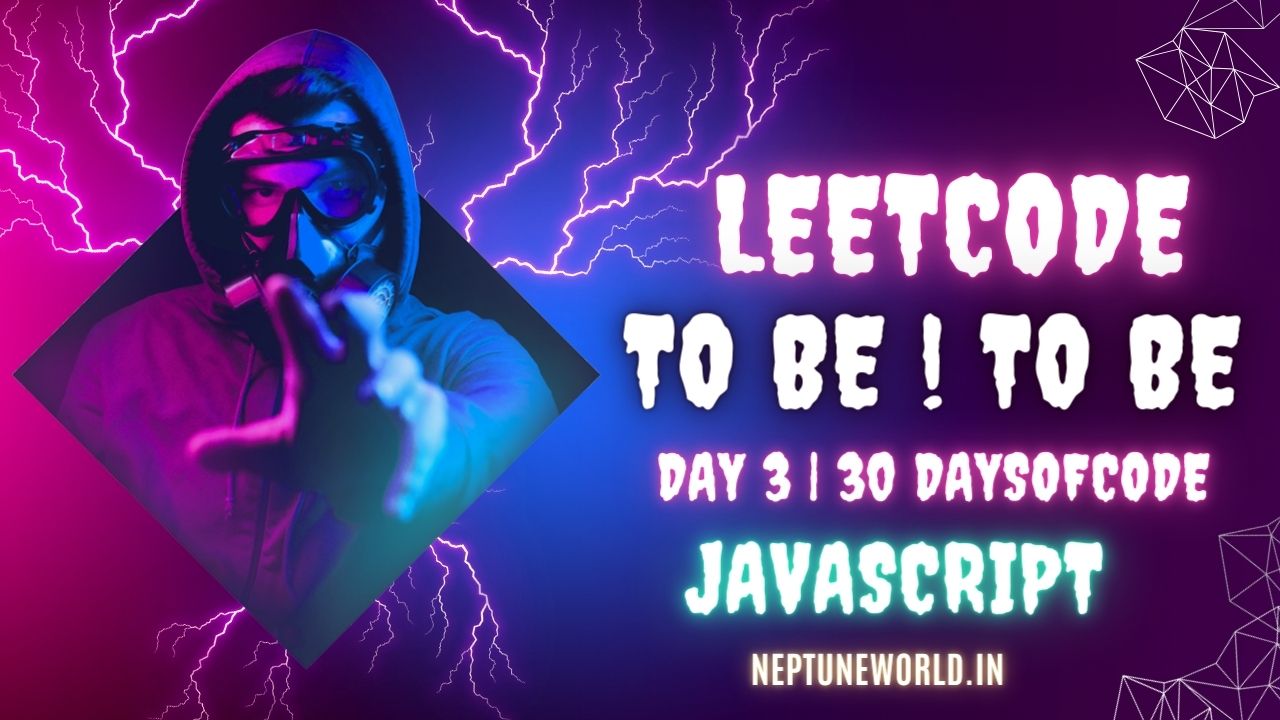 To Be Or Not To Be | #2704 | LeetCode Solution
To Be Or Not To Be | #2704 | LeetCode SolutionAuthor: neptune | 03rd-Sep-2023
#JavaScript #LeetCode
Write a function that helps developers test their code. It should take in any value and return an object with the following two functions...
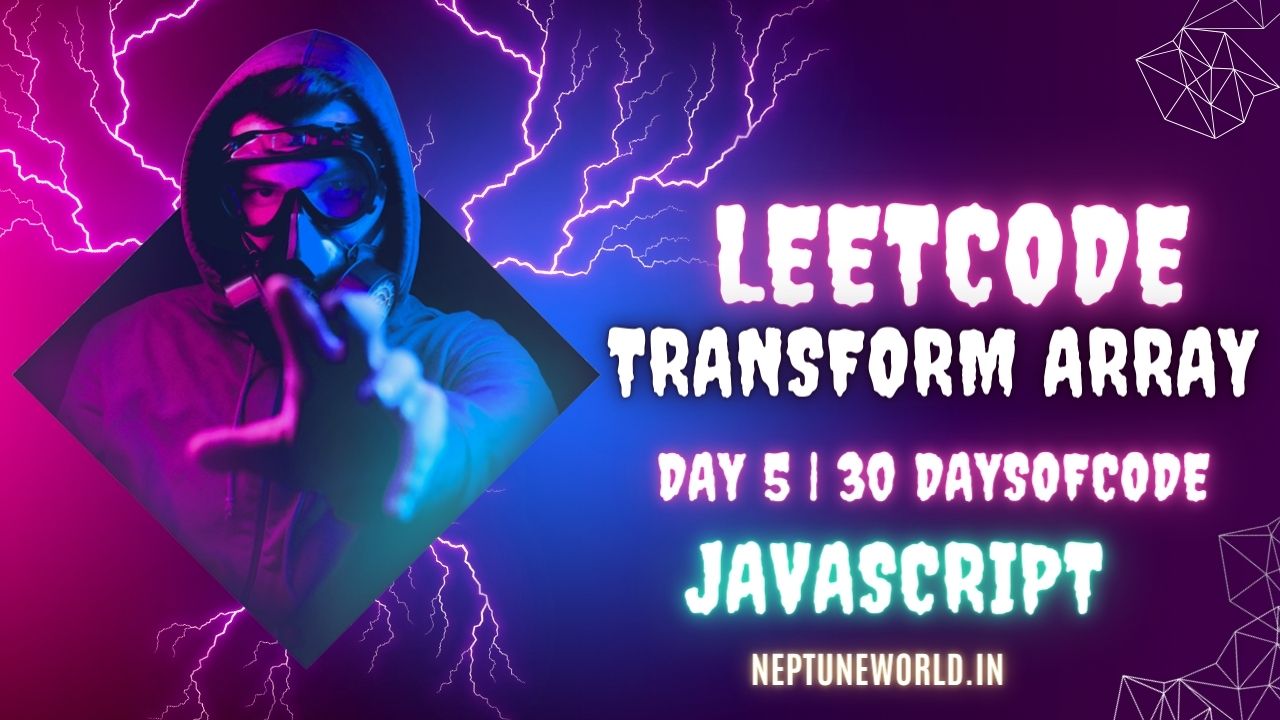 Apply Transform Over Each Element in Array | #2635 | LeetCode Solution
Apply Transform Over Each Element in Array | #2635 | LeetCode SolutionAuthor: neptune | 05th-Sep-2023
#JavaScript #LeetCode
Given an integer array `arr` and a mapping function `fn`, return a new array with a transformation applied to each element...
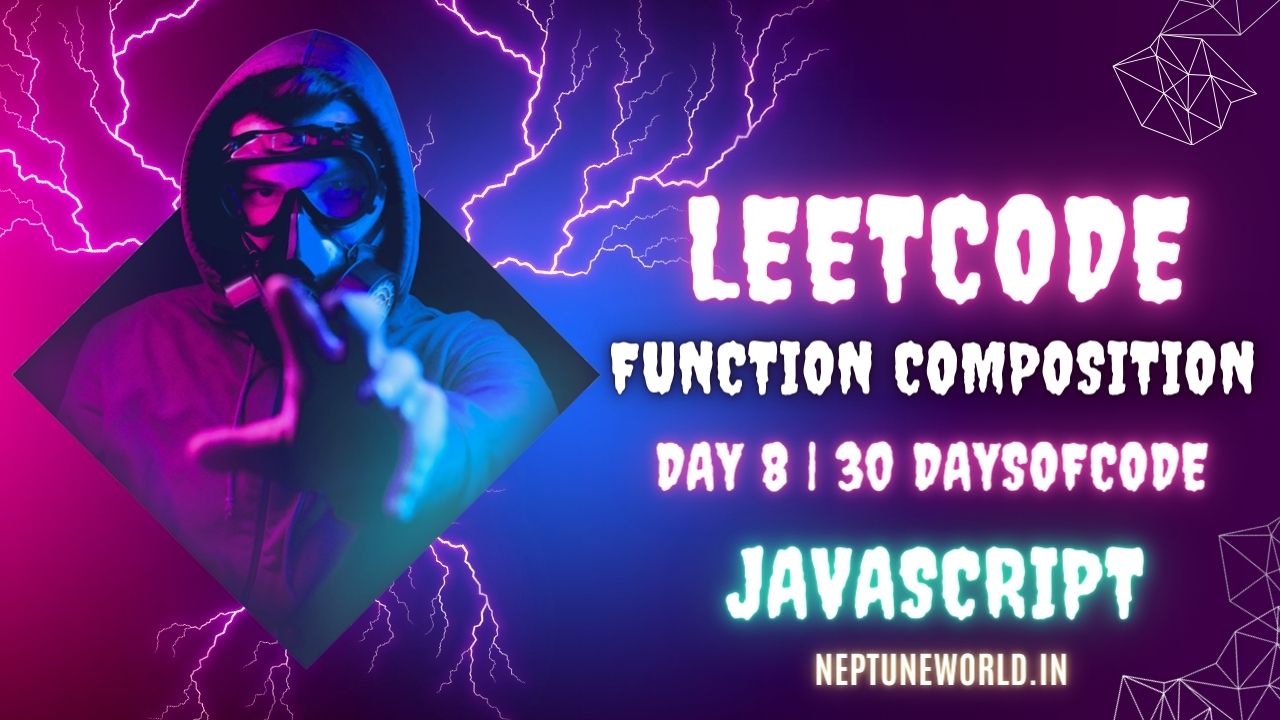 Function Composition | #2629 | LeetCode Solution
Function Composition | #2629 | LeetCode SolutionAuthor: neptune | 09th-Sep-2023
#JavaScript #LeetCode
Given an array of functions [f1, f2, f3, ..., fn], return a new function fn that is the function composition of the array of functions...
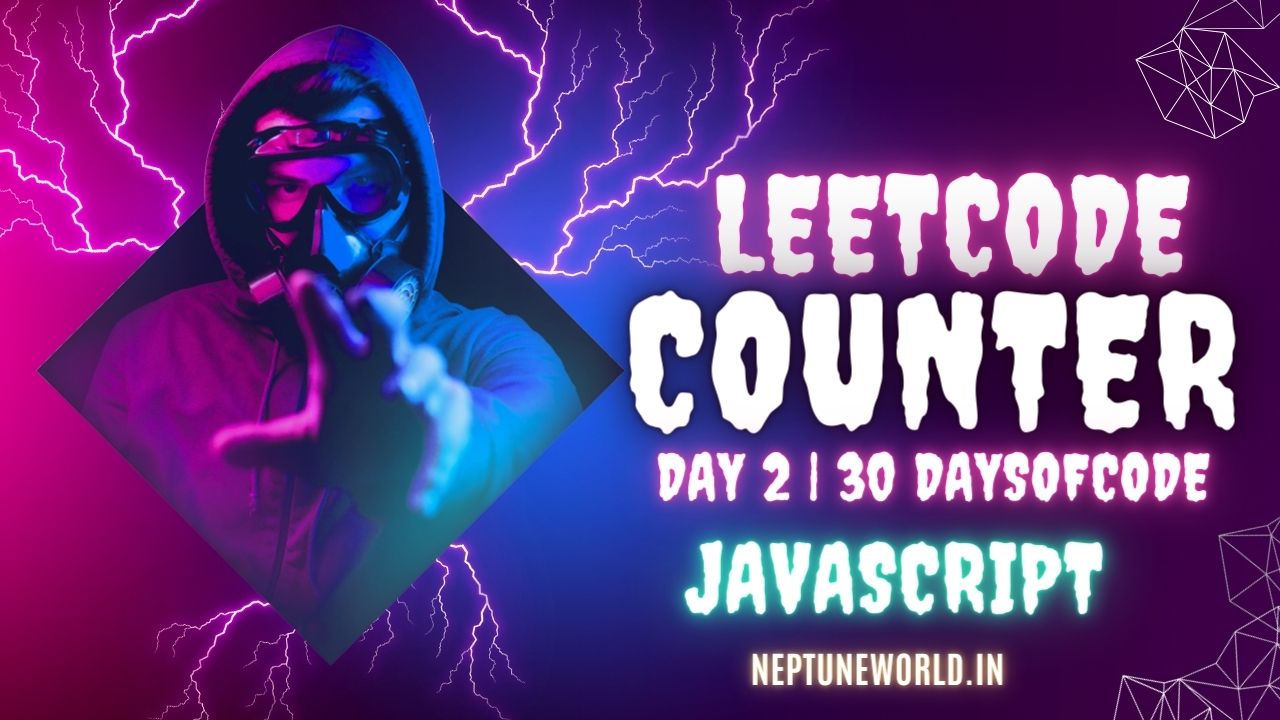 Counter | #2620 | LeetCode Solution
Counter | #2620 | LeetCode SolutionAuthor: neptune | 02nd-Sep-2023
#JavaScript #LeetCode
Given an integer n, return a counter function. This counter function returns n and then n + 1, n + 2, etc...
 Different ways to handle state in React applications
Different ways to handle state in React applicationsAuthor: neptune | 21st-Jun-2023
#JavaScript #React.js
This article explores different ways to manage states in React, including local component state, context API, and state management libraries like Redux...
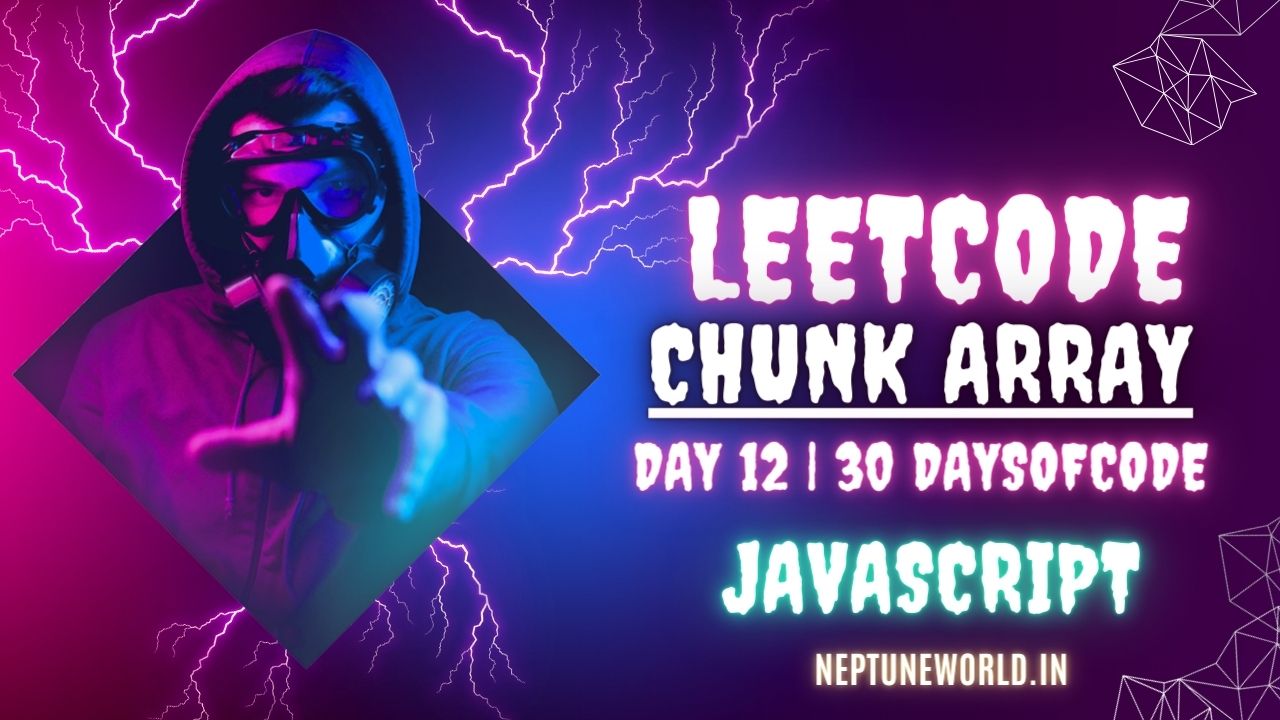 Chunk Array | #2677 | LeetCode Solution
Chunk Array | #2677 | LeetCode SolutionAuthor: neptune | 19th-Sep-2023
#JavaScript #LeetCode
Given an array arr and a chunk `size`, return a `chunked` array...
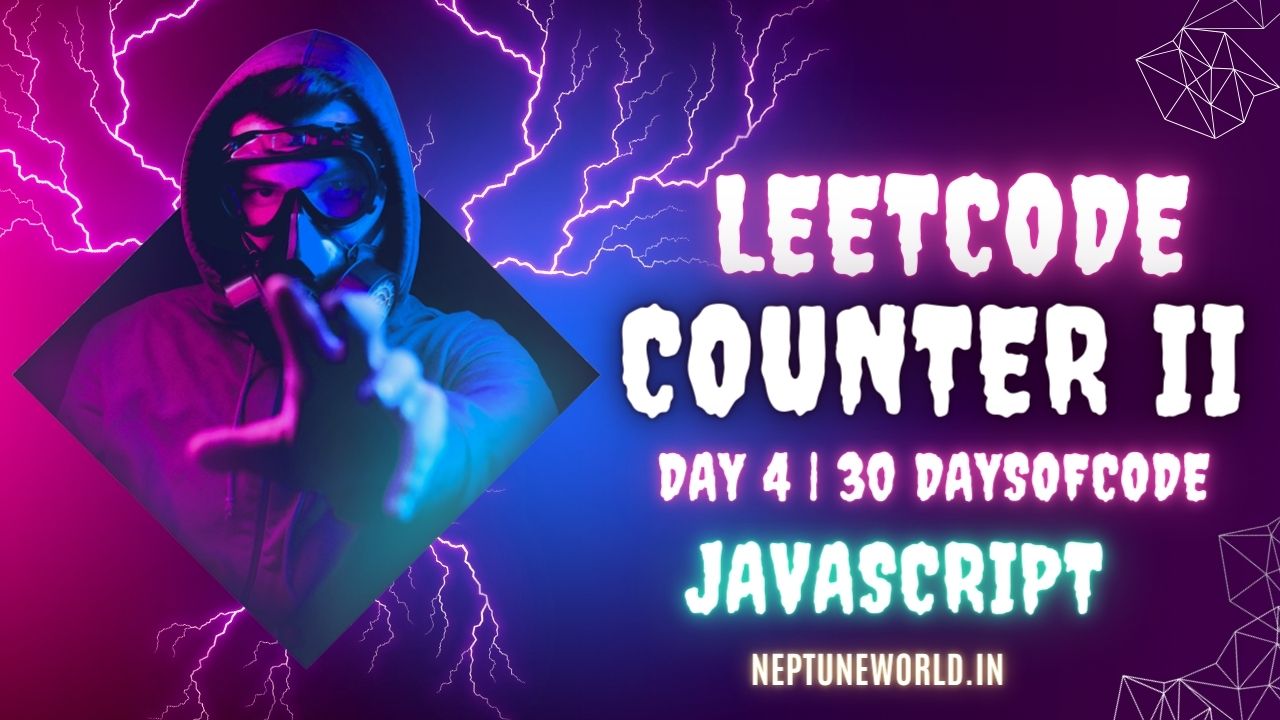 Counter 2 | #2665 | LeetCode Solution
Counter 2 | #2665 | LeetCode SolutionAuthor: neptune | 04th-Sep-2023
#JavaScript #LeetCode
Write function 'createCounter' It accept an initial integer 'init' It should return an object with three functions- increment() , decrement(), reset()...
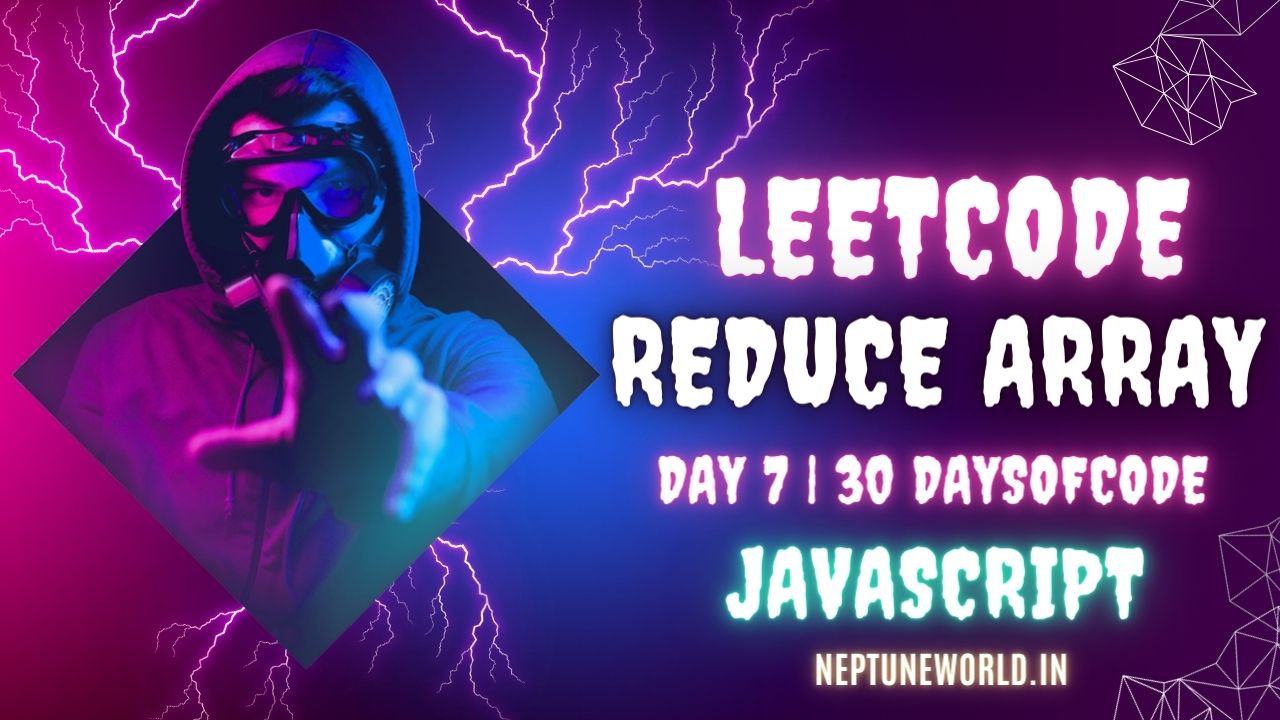 Array Reduce Transformation | #2626 | LeetCode Solution
Array Reduce Transformation | #2626 | LeetCode SolutionAuthor: neptune | 09th-Sep-2023
#JavaScript #LeetCode
Given an integer array `nums` and a reducer function `fn`, and an initial value `init`, return a reduced array...
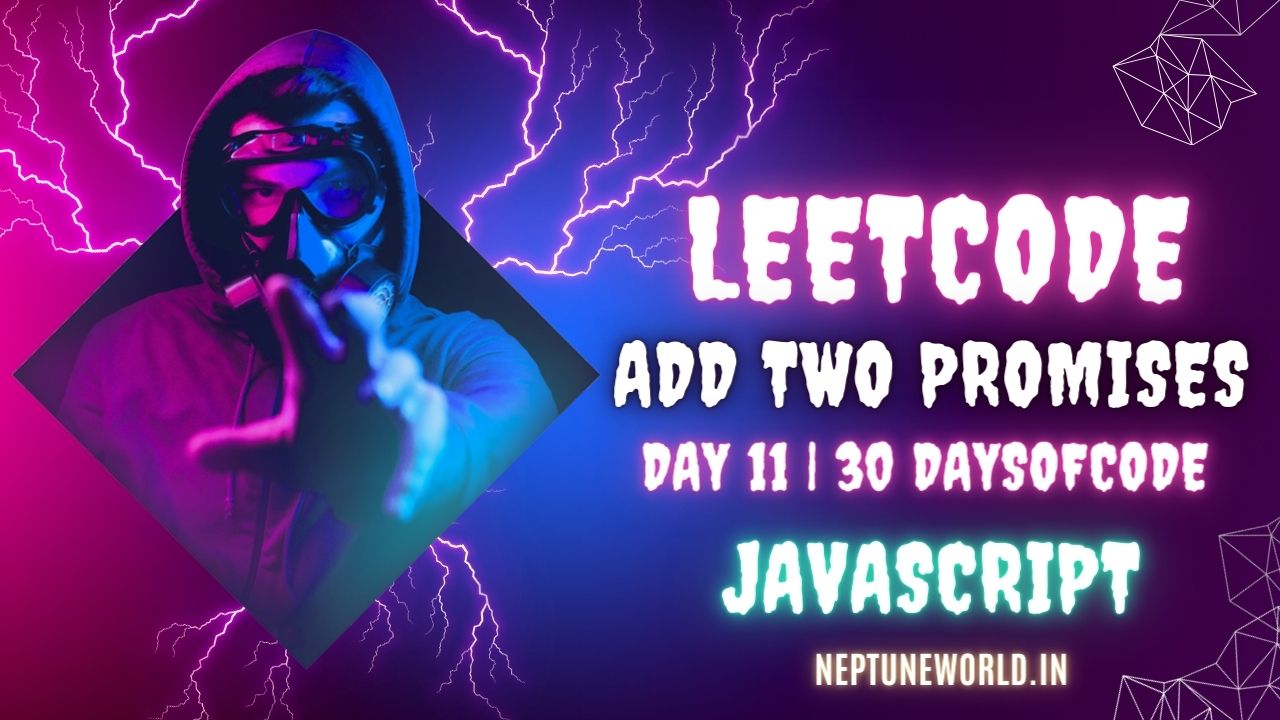 Add Two Promises | #2723 | LeetCode Solution
Add Two Promises | #2723 | LeetCode SolutionAuthor: neptune | 12th-Sep-2023
#JavaScript #LeetCode
Given two promises `promise1` and `promise2`, return a new `promise`. `promise1` and `promise2` will both resolve with a number...
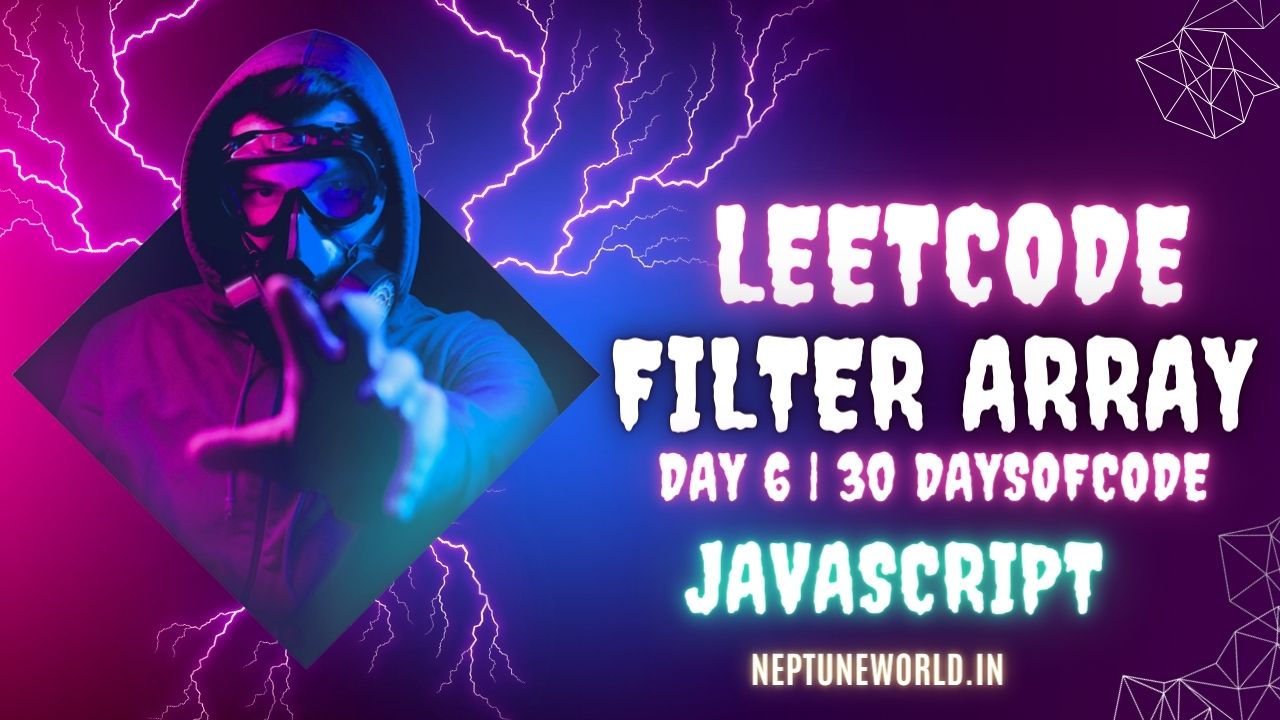 Filter Elements from Array | #2634 | LeetCode Solution
Filter Elements from Array | #2634 | LeetCode SolutionAuthor: neptune | 06th-Sep-2023
#JavaScript #LeetCode
Given an integer array `arr` and a filtering function `fn`, return a filtered array `filteredArr`...
 Arrow Functions in JavaScript | ES6
Arrow Functions in JavaScript | ES6Author: neptune | 26th-Mar-2023
#JavaScript #React.js
In this article, we will explore the syntax and usage of arrow functions in detail, along with some examples...
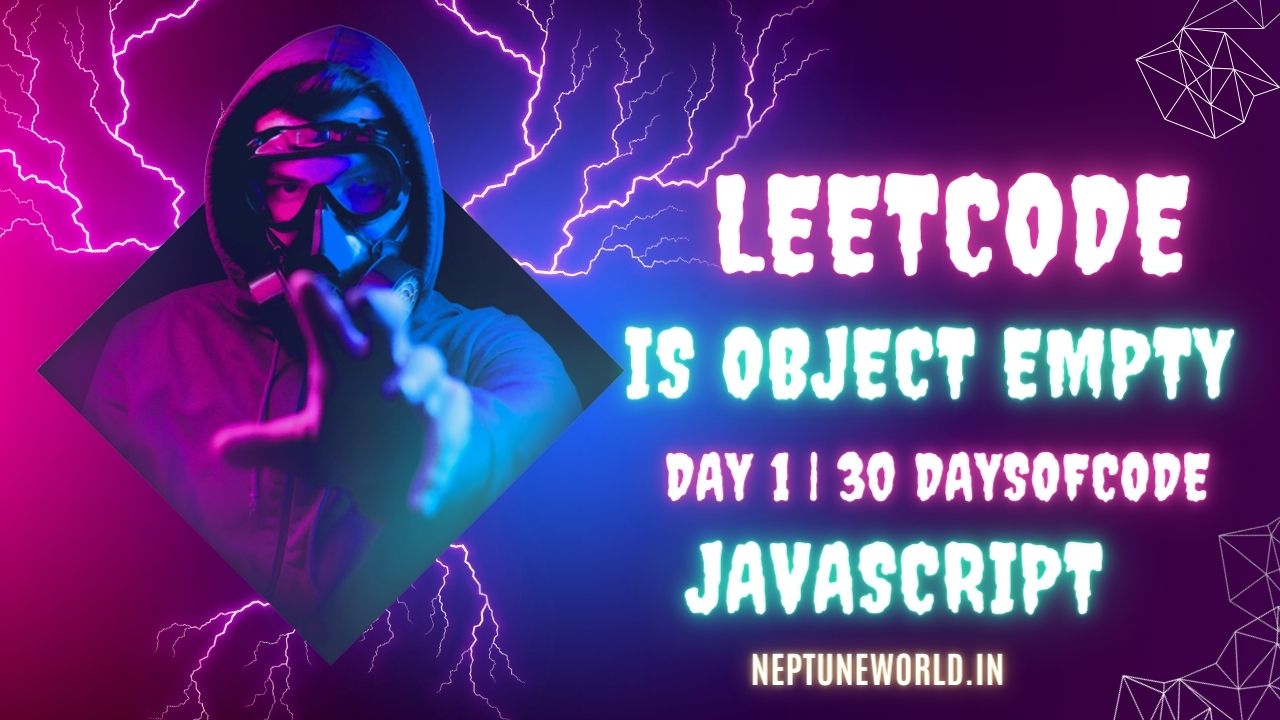 Is Object Empty | #2727 | LeetCode | JavaScript Solution
Is Object Empty | #2727 | LeetCode | JavaScript SolutionAuthor: neptune | 01st-Sep-2023
#JavaScript #LeetCode
Given an object or an array, return if it is empty...
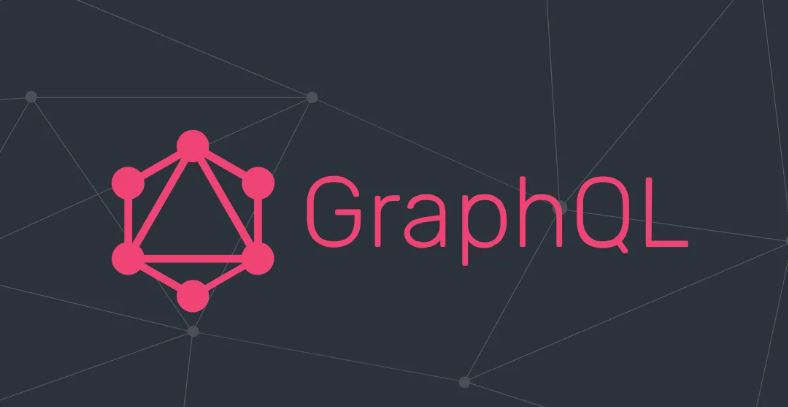 From REST to GraphQL: The Future of API Design
From REST to GraphQL: The Future of API DesignAuthor: neptune | 25th-Feb-2024
#JavaScript
Unlike traditional REST APIs, GraphQL provides a more flexible and intuitive approach to data querying and retrieval...
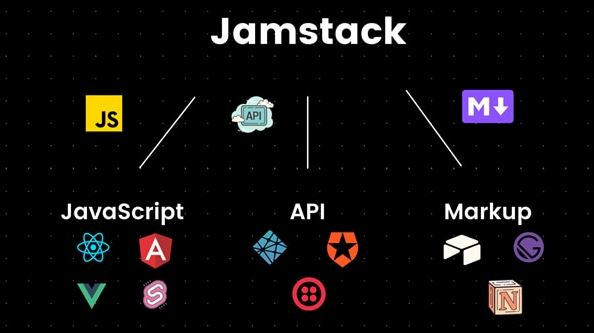 How I Built My Blogging Website Using React, Node.js, and Jamstack Architecture?
How I Built My Blogging Website Using React, Node.js, and Jamstack Architecture?Author: neptune | 31st-Jul-2024
#JavaScript #API
Building a blogging website using React, Node.js, and Jamstack architecture was a rewarding experience...
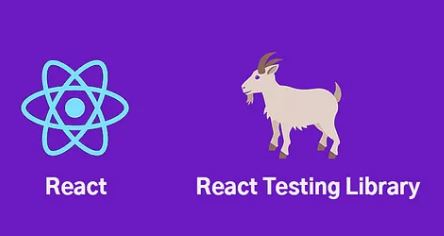 How to Perform Unit Testing in React Components with Examples?
How to Perform Unit Testing in React Components with Examples?Author: neptune | 25th-Jul-2024
#JavaScript #React.js
Unit testing in React is an essential practice to ensure the reliability and robustness of your components...
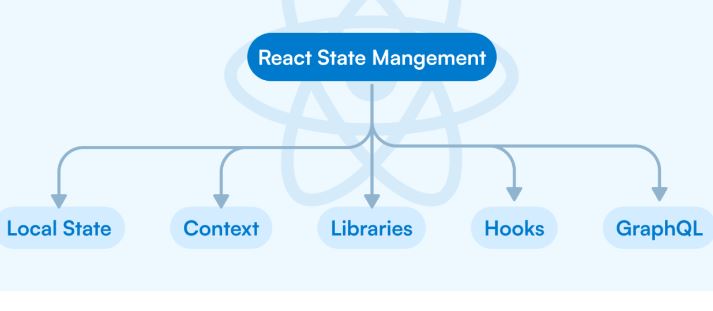 Do you know ! How to manage State in Functional & Class Components in React ?
Do you know ! How to manage State in Functional & Class Components in React ?Author: neptune | 25th-Jul-2024
#JavaScript #React.js
State management in React has evolved significantly with the introduction of Hooks...
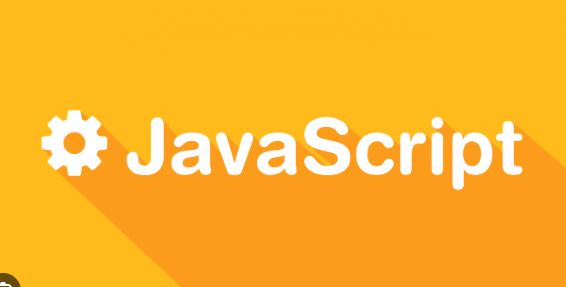 A Guide to Writing Clean, Readable, and Maintainable Code in JavaScript
A Guide to Writing Clean, Readable, and Maintainable Code in JavaScriptAuthor: neptune | 23rd-Feb-2024
#JavaScript
By incorporating these principles into your coding practices, you contribute to creating code that is not only functional but also maintainable and easily understandable by your peers...
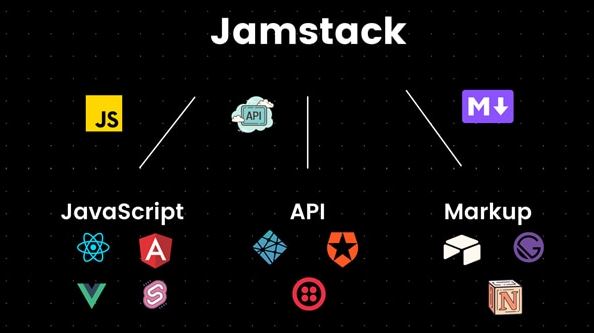 How to Get Started with Jamstack: A Comprehensive Guide?
How to Get Started with Jamstack: A Comprehensive Guide?Author: neptune | 05th-Jul-2024
#JavaScript #API
Getting started with Jamstack involves choosing the right tools, setting up a structured development environment...
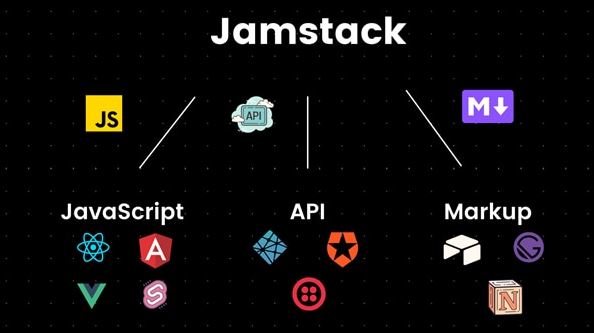 Why, What, and When: Understanding Jamstack?
Why, What, and When: Understanding Jamstack?Author: neptune | 05th-Jul-2024
#JavaScript #API
Jamstack represents a modern approach to web development that addresses many of the challenges faced by traditional architectures...
View More